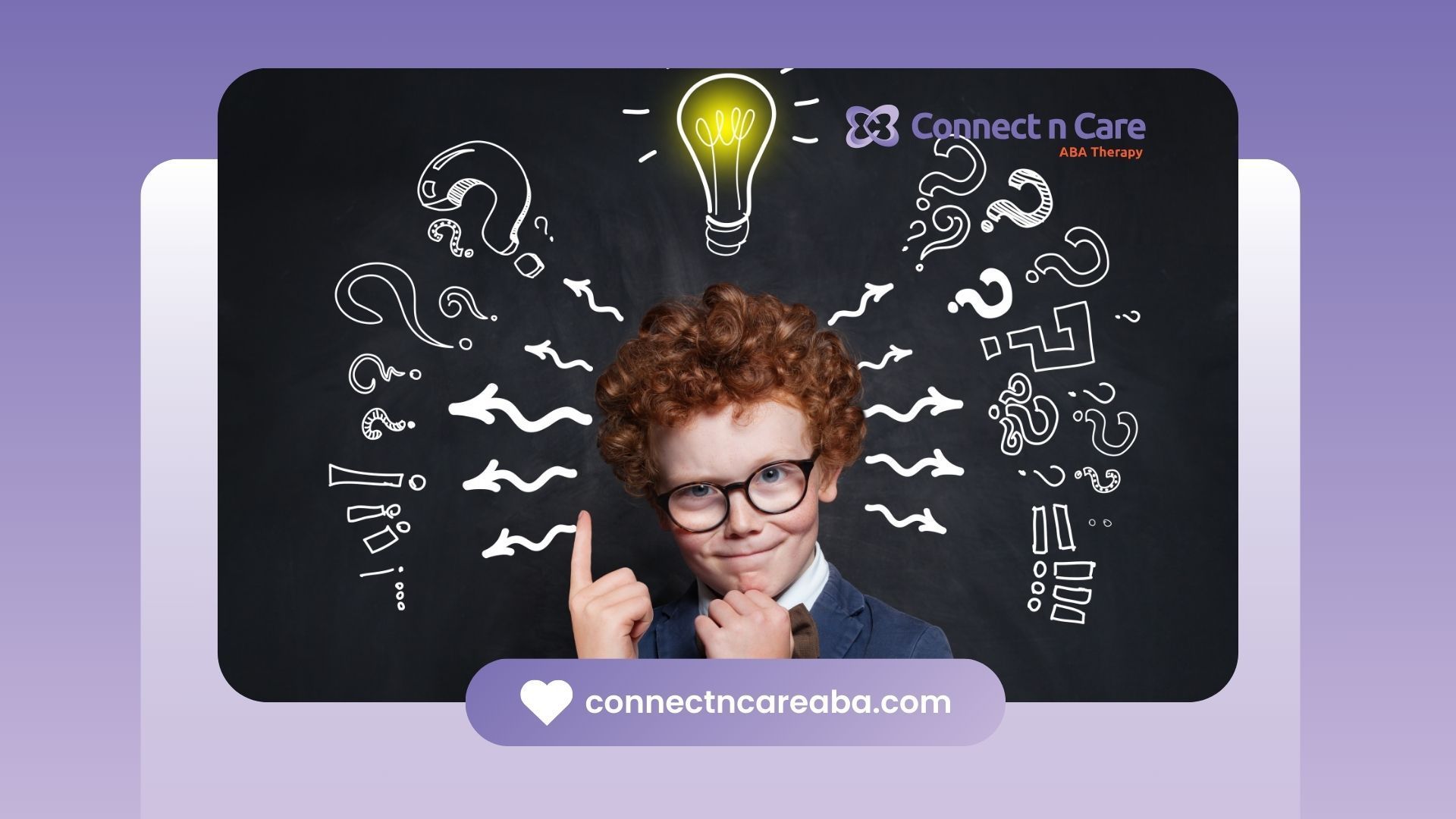In the diverse and passionate realm of fan communities, the internet has become a fertile ground for inclusivity and representation in TV shows. One notable phenomenon is the rise of autistic headcanons, where fans reimagine fictional characters through the lens of autism. This practice allows for deeper connections with beloved characters while sparking important conversations about autistic experiences.
The Rise of Autistic Headcanons in Fan Communities
The trend of assigning autistic traits to fictional characters has gained significant traction in recent years. Online platforms like Tumblr, X (previously Twitter), and Reddit have become hubs for fans to share their interpretations and connect with others who share their views.
This surge in popularity can be attributed to several factors. Primarily, it stems from the desire for more diverse representation in media, particularly for those who identify with neurodiversity.
Understanding the Concept of Headcanons
The term "headcanon" originated in fan communities to describe an idea or interpretation of a fictional work that goes beyond the officially established canon. In essence, it's a fan's personal belief about a character or story element that isn't explicitly confirmed in the original text.
The internet has facilitated the widespread sharing and discussion of headcanons, allowing fans to connect with like-minded individuals and build upon each other's interpretations. These shared interpretations often reflect the fans' own experiences, identities, and desires for representation in the media they consume.
Whether it's imagining a character's backstory, motivations, or even their neurodiversity, headcanons offer a way for fans to engage with their beloved fictional worlds on a deeper level.
Why Autistic Headcanons Are Important
For autistic individuals, seeing themselves reflected in fictional characters, even through headcanons, can be deeply validating. It provides a sense of recognition and understanding that can be lacking in real-world interactions.
The specific behaviors and interests often associated with autistic characters, such as having specific interests, sensory sensitivities, or challenges with social cues, resonate deeply with those who share similar experiences.
The act of assigning autistic traits to characters can be a way for autistic fans to reclaim their narratives and celebrate the diversity within their community. By embracing these headcanons, they challenge stereotypical portrayals and contribute to a more inclusive and nuanced understanding of autism.
Examples Of Popular Autistic Headcanons In Different Fandoms
From classic literature to modern television shows, autistic headcanons span a wide range of fictional universes. These interpretations offer unique insights into beloved characters while highlighting the diverse ways in which autism manifests.
Let's take a look at some notable examples across different fandoms:
Sheldon Cooper in CBS's "The Big Bang Theory"
While the creators of "The Big Bang Theory" never explicitly labeled Sheldon Cooper as autistic, his rigid adherence to routines, social awkwardness, and difficulty understanding social cues have led many fans to relate his character to autism.
Sheldon's struggles with change, sensory overload, and his unique ways of processing information resonate with many autistic individuals who see themselves reflected in his experiences.
Although the show has been criticized for sometimes using Sheldon's quirks for comedic effect, many fans appreciate the representation, however unintentional it may be.
Luna Lovegood in the "Harry Potter" series
Luna Lovegood, with her eccentric personality, unwavering belief in the improbable, and her unique way of seeing the world, has become a popular subject of autistic headcanons within the "Harry Potter" fandom.
Fans have pointed to her literal interpretations of language, her difficulty understanding social cues, and her unwavering focus on her interests as evidence of her potential neurodiversity.
For many autistic individuals, Luna's unapologetic individuality and her acceptance by her friends make her a relatable and inspiring character.
Sherlock Holmes in BBC's "Sherlock"
Sherlock Holmes, the brilliant but eccentric detective, has also been a subject of autistic headcanons, particularly in the BBC series "Sherlock." His remarkable ability to notice minute details, his struggles with nonverbal social cues, and his intense focus on his deductions are all traits that resonate with some autistic individuals.
While opinions differ on whether Sherlock's characterization was intended to be autistic, the headcanon has sparked important conversations about neurodiversity within the fandom.
Hiro Hamada in Disney's "Big Hero 6"
Hiro Hamada, the robotics prodigy from Disney's "Big Hero 6," is another character who has become a popular subject of autistic headcanons.
Fans have highlighted his advanced intelligence, his passion for robotics, his social awkwardness, and his difficulty expressing his emotions as potential indicators of autism.
As a young character in a popular animated film, Hiro's potential neurodiversity resonates with many autistic viewers who see themselves in his experiences.
Embracing Diversity And Inclusivity In Creating And Sharing Headcanons
While autistic headcanons offer a valuable way to connect with fictional characters, it's important to approach them with a nuanced perspective. Engaging in respectful dialogue and acknowledging the diversity of experiences within the autistic community is essential.
It's crucial to avoid perpetuating stereotypes or making assumptions about individuals based solely on their headcanons. The goal is to promote understanding and inclusivity while recognizing that not all autistic individuals will identify with the same characters or interpretations.
Promoting Acceptance and Understanding Through Diverse Headcanons
The beauty of headcanons lies in their subjectivity and their ability to reflect the unique experiences of individual fans. Embracing diverse interpretations of characters can help challenge narrow portrayals of autism in media.
It's vital to recognize that autism exists on a spectrum, and there is no one-size-fits-all representation. Encouraging different perspectives and interpretations can lead to more nuanced and authentic portrayals of neurodiversity in fictional works.
Ultimately, the goal is to move towards a media landscape where autistic characters are not just headcanons but are written and portrayed with authenticity and respect, reflecting the full spectrum of autistic experiences.
Conclusion
In the vibrant world of fan communities, fictional characters often take on new life through the imaginations of their fans. One fascinating trend that has emerged is the concept of autistic headcanons. Fans reimagine characters by associating autistic traits with them, offering a fresh lens of understanding and representation.
From Sherlock Holmes to Luna Lovegood, many beloved figures have been embraced by fans as representations of neurodiversity, creating powerful connections between fictional worlds and real-life experiences. This trend also reflects a broader desire for inclusivity, encouraging conversations about autism in a way that resonates deeply with fans.
Frequently Asked Questions
What is an autistic headcanon?
An autistic headcanon is when fans in online communities interpret a fictional character's traits, behaviors, and storylines through the lens of autism, even if it's not officially confirmed in the canon.
Which fictional character has autism?
While many characters are believed by fans to be autistic, it's important to remember that creators don't always provide explicit confirmation. Some popular examples include Sheldon Cooper and Luna Lovegood.
What Disney characters have autism?
Fans have speculated about various Disney characters, but one prominent example of an autistic headcanon is Hiro Hamada from "Big Hero 6."









